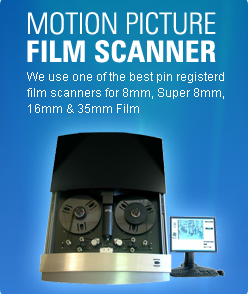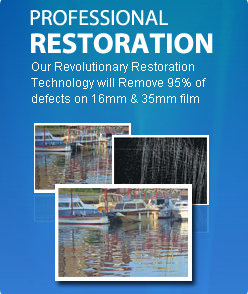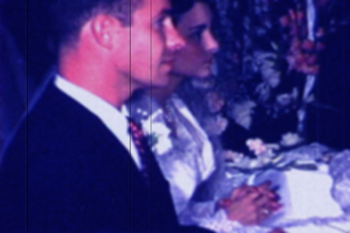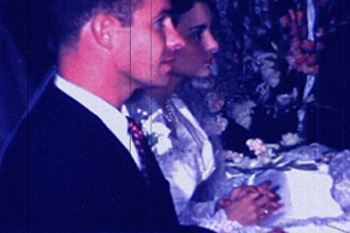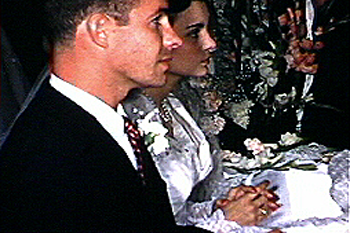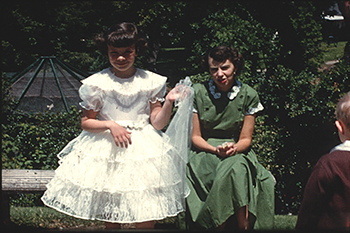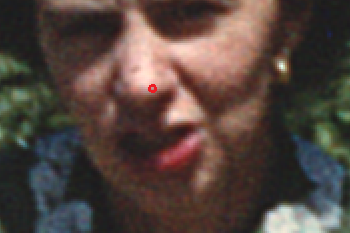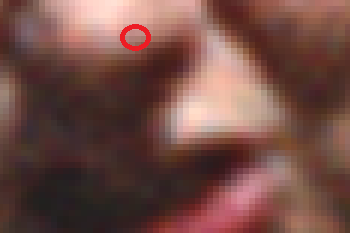
The first table shows how the same film looks using our 4 different processes. You can see that the difference can be significant for our Racine customers.
The second table presents a case for scanning 8mm and Super 8 film at 2K resolution. In the past year we have done 20 comparisons. Contrary to popular belief, we do see a noticeable difference in quality between our Pro HD and Pro 2K process on 8mm and Super 8 film.
In general it is recommended that you scan at or above the resolution of the film. For 8mm and Super 8 that means scanning at HD or 2K.
8mm And Super 8 Film Racine |
|
SD Scan
|
|
Pro HD Scan
|
|
Pro 2K Scan
|
|
Pro 4K Scan
|
|
Film Resolution |
|
Resolution of Film |
|
Film Grain
|
|
Film Grain vs Digital Pixel
|
|
Racine Fun Facts: A large number of slaves utilizing the Underground Railroad passed through the city. A vast amount of immigrants arrived after the Civil War was over and the large influx of newcomers continued all the way up to the First World War. The immigration included a substantial number of African-Americans. Beginning with the founding of Racine, factories were prominent for the economy.
Wisconsin Fun Facts: It was admitted to the union as the 30th state in 1848.In the years leading up to the Civil War,Wisconsin was an important stop on the Underground Railroad, with manyslaves passing through the state on their way to freedom in Canada. Today, Wisconsin leads the nation in dairy production and is known for the quality of its cheddar cheese–residents even sometimesrefer to themselves as “cheeseheads.” Famous Wisconsinites include architect Frank Lloyd Wright, magician Harry Houdini andU.S. Army General Douglas MacArthur. Wisconsin became aU.S.
